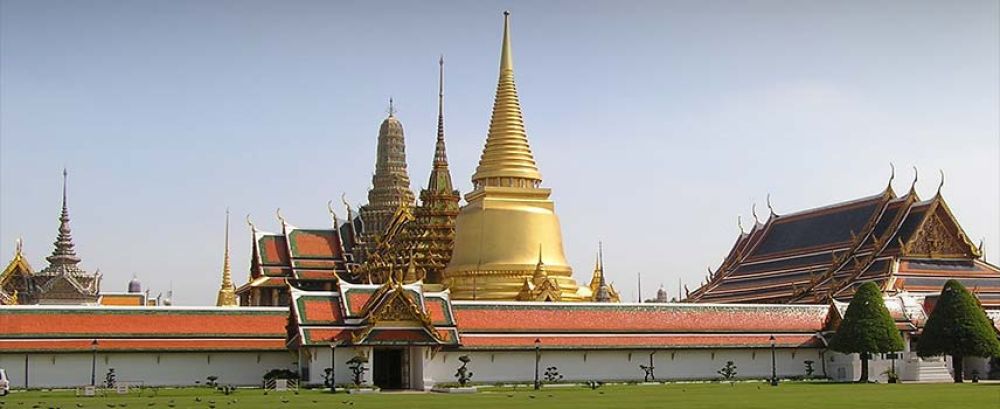

Nestled in the spiritual town of Bodh Gaya in Bihar, India, the Vietnamese Temple stands as a symbol of peace and serenity. Bodh Gaya itself is a site of immense religious importance, being the place where Lord Buddha is said to have attained enlightenment under the Bodhi Tree over 2,500 years ago. This small town is one of the four holy sites related to the life of Buddha and has been a destination for pilgrimage since ancient times.
The Vietnamese Temple, with its exquisite architecture, is one of the many international Buddhist temples in Bodh Gaya, built by various countries to commemorate this sacred event and foster cultural ties. It was established to serve as a spiritual sanctuary for Vietnamese pilgrims and to promote the teachings of Buddhism around the globe.
Tourism in Bodh Gaya has evolved significantly over the years. Initially, the area was primarily visited by those seeking spiritual enlightenment and Buddhist monks on pilgrimage. The town's tourism infrastructure started to develop more robustly after Bodh Gaya was declared a UNESCO World Heritage Site in 2002, propelling it to greater global prominence.
In response to the increasing number of international visitors, facilities in the town have been improved. Hotels, guesthouses, and restaurants cater to diverse needs, ranging from basic accommodations for backpackers to more luxurious options for those seeking comfort.
The latest trend in tourism at Bodh Gaya, and by extension at the Vietnamese Temple, includes a focus on sustainable and responsible tourism practices. Efforts are being made to preserve the sanctity and cleanliness of the holy sites while accommodating the growing influx of visitors. Tourists are encouraged to respect local customs and engage in activities that support the local economy.
In addition, technology is playing a role in enhancing the visitor experience. For instance, virtual tours and augmented reality (AR) are being used to enrich the historical context and spiritual significance of the temples and the Mahabodhi Tree for those who cannot visit in person.
The Vietnamese Temple is famous for its grand statue of Buddha and ornate carvings that embody Vietnamese architectural style. When visiting the temple, one is struck by the tranquil ambience and the intricate artwork. It serves as a place of reflection for visitors from all over the world irrespective of their religious beliefs.
Visitors are welcome to partake in the daily rituals and meditation sessions that offer a glimpse into the life of a Buddhist practitioner. The temple is also surrounded by well-maintained gardens that contribute to the peaceful atmosphere, making it a 'must-visit' site for anyone traveling to Bodh Gaya.
Today, the Vietnamese Temple stands not only as a testament to the historical and cultural confluence of Indian and Vietnamese civilizations but also as a beacon attracting tourists from across the globe. Its historical legacy combined with the sheer tranquility it offers to pilgrims and tourists alike ensures that its place in the tourism history of Bodh Gaya is both secure and ever-evolving.